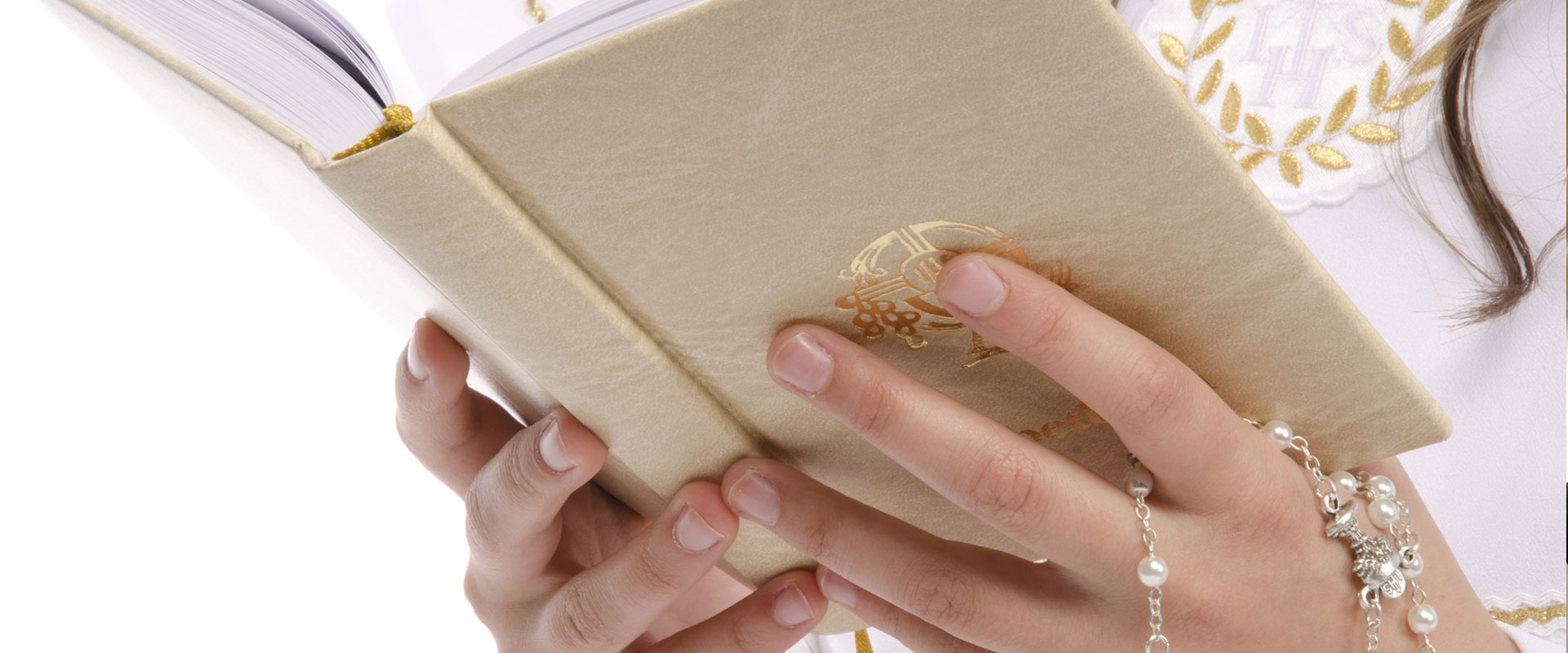Choir
Worship at San Martin de Porres is a vibrant, multicultural experience. As is our choir. We are sensitive to the needs of our community and diligently integrate English and Spanish language texts in our liturgical music. There are many worship opportunities for our community with five masses, each with it’s own unique flavor.
Choir Directors:
Dr. Enrique Garcia: Sat 6:30 pm and Sun 10:30 am Choir Director
Mr. & Mrs. Godines: Sun 12:30 pm Choir Director
Mr. Jerry Cardenas: Sun 8:30 am Choir Director
If you plan to have your wedding at San Martin de Porres, please download, complete and return the Wedding Music Contract to the Music Director (download link at bottom of the page).
Three criteria for choosing Catholic wedding music, The Church keeps no official list of “approved” wedding music, but it does offer three criteria for liturgical music that can be applied to your choice of wedding music.
Is it prayerful? The purpose of any Catholic liturgy, including a wedding liturgy, is to give glory to God and to sanctify (make holy) the worshipers. Your wedding music should reflect that purpose; in other words, it should help the assembly to pray and to give thanks to God for your marriage. The criteria of prayerfulness is one reason why popular music—including some of the “classic” wedding marches taken from secular operas—is often not permitted.
Is it accessible? In other words, will the assembly be able to sing along? In Catholic worship, the assembly (everyone attending the wedding) is not an audience, passively watching events unfold at the altar. Catholic liturgy calls on the assembly to actively participate in the prayer of the Church, including its sung prayer. Doing so is one of the most powerful ways your friends and family can express their love and support for you and your spouse.
Is it beautiful? Beauty is a window onto the divine, so it is not surprising that the Church calls for the music used in its worship to be beautiful. This criteria is obviously somewhat subjective, depending on personal tastes and local culture. Whether your music is beautiful or not may depend less on the particular selection than on the skill of the musicians who sing or play it. A hymn that seemed ho-hum the first time you heard it in church might have great potential in the right hands.
Why Not Use the Wedding March or Bridal Chorus?
The so-called “traditional wedding marches” by Wagner and Mendelssohn are not to be used. Both are “theater” pieces which have nothing to do with the Sacred Liturgy. The “Bridal Chorus” Wagner’s opera, Lohengrin, actually accompanies the couple to the bedroom, not the altar! Mendelssohn’s incidental music to Shakespeare’s Midsummer Night’s Dream accompanies a farcical wedding (the play is a comedy). More importantly, they have been used to accompany “weddings” in countless movies, TV shows and game shows. The majority of images these pieces conjure in the minds of the congregation may have a lot to do with sentimentality but very little to do with worship. Because of this, even though they are frequently used in the United States in Protestant churches or non-religious wedding settings, they are rarely used in Catholic churches.
Seating of Mothers & Grandmothers / Procession of the Wedding Party:
Ave Maria (Schubert) – if used, this is usually just for the mothers and grandmothers
Canon in D (Pachelbel)
Jesu, Joy of Man’s Desiring (Bach)
Procession of the Bride:
Trumpet Tune (Purcell)
Trumpet Voluntary (Clarke)
Joyful, Joyful, We Adore Thee (Beethoven)
Music Resources At San Martin de Porres
Below you will find an attachment with more music suggestions for your Catholic Wedding at San Martin de Porres. You may substitute other nonsecular songs with church approval by the music director.

